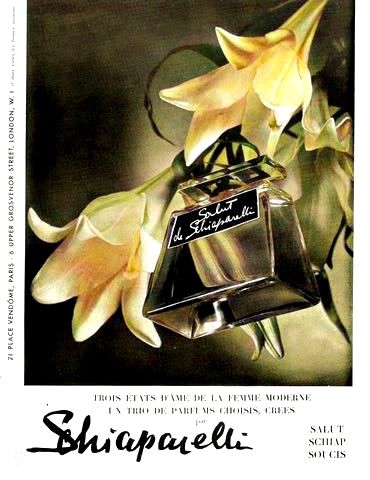During the 20th century, the perfume industry was rife with counterfeiting at every turn. There was some trickery going on in the 1930s-1950s regarding designer named perfumes. I can find famous names on bogus labels for perfumes in bottles that you would never see used by that brand. Various con men had boxes and labels printed up, then decanted or adulterated, refilling cheaper bottles with even cheaper perfume, then slapping the newly printed labels on them, and passing them off as genuine.
I have created a comprehensive guide for fake vintage perfumes going back to the 1920s and into the 1970s. Much of the crucial information I have gathered has been revealed nowhere else and it can answer a lot of questions regarding so called "rare" editions or bottles of designer perfumes.
Discussed in this guide are rebottlers, fake pricing schemes, and outright counterfeits. A significant portion of the guide is devoted to what I call "fantasy fakes." Fantasy fakes are, in my own parlance and definition, is the usage of bottles and labels that a genuine perfumery brand would have never used. This also includes names of perfumes that were never part of their catalog such as "Ce Soir Ou Jamais" by Christian Dior. I have done extensive research on these in order to determine whether they are genuine or fake. You might be surprised, delighted or even disappointed at the information I uncovered.
Before you shell out hundreds for a rare "Poiret" perfume bottle, please see my guide first!




















